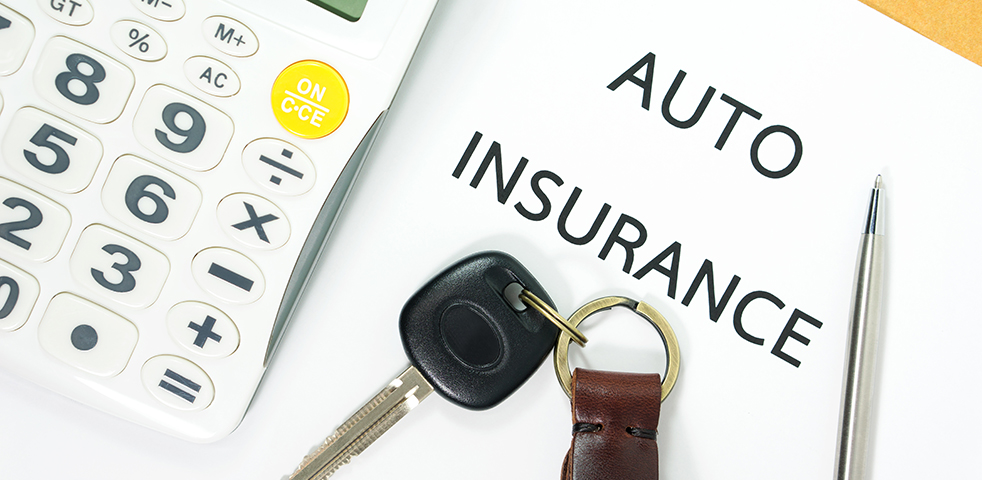Introduction
Car insurance is a must-have for every Auto Insurance in Minnesota driver, but with so many coverage options and add-ons, it’s easy to feel overwhelmed—and to pay for extras you might not actually need. Are you really protected? Or are you just padding your bill? Knowing exactly what coverage you need can save you hundreds of dollars annually, while keeping you fully covered in case of accidents or damage.
In this blog, we’ll break down the essential car insurance coverages for Minnesota drivers, debunk common myths, and help you avoid overpaying for unnecessary extras. Whether you're new to Minnesota, shopping for a new policy, or simply want to optimize your current plan, this guide is your roadmap to smart, cost-effective coverage.
What Coverage Is Required by Minnesota Law?
Minnesota has specific minimum insurance requirements designed to protect you and others on the road. Here’s what you must have by law:
- Liability Coverage:
- Bodily Injury Liability: Minimum $30,000 per person and $60,000 per accident
- Property Damage Liability: Minimum $10,000 per accident
- This coverage pays for injuries or damage you cause to others.
- No-Fault Personal Injury Protection (PIP):
- Minnesota is a no-fault state, meaning your insurance pays your medical bills regardless of fault. The minimum PIP is $40,000, covering medical expenses, lost wages, and more.
- Uninsured Motorist Coverage (UM):
- Protects you if you’re hit by a driver without insurance. Minimum coverage usually matches your liability limits.
Key takeaway: You can’t legally drive without these coverages in Minnesota. But the minimum limits might not be enough for full protection.
Why Minimum Coverage Might Not Be Enough in Minnesota
While state minimums are a good start, they don’t always protect you fully, especially if you have a newer car, significant assets, or commute frequently. Here’s why:
- Rising Medical Costs: Minnesota’s healthcare expenses continue to climb. The $40,000 PIP minimum may not cover serious injuries fully.
- Increasing Property Damage Costs: Repairing or replacing vehicles is getting more expensive, especially with newer tech in cars.
- Litigation Risks: Minnesota drivers face lawsuits after accidents, and minimum liability limits may leave you personally responsible for amounts beyond coverage.
Stat Alert: According to the Insurance Information Institute, the average bodily injury liability claim is around $18,000 per person nationally—and much higher in serious accidents. Opting for higher limits reduces the risk of out-of-pocket expenses.
What Optional Coverages Should You Consider—and Which Ones Are Often Unnecessary?
Beyond Minnesota’s required coverages, insurers offer extras to tailor your policy. But not all extras are worth the price tag.
1. Collision and Comprehensive Coverage
- Collision covers damage to your vehicle from accidents, regardless of fault.
- Comprehensive protects against theft, vandalism, natural disasters, and animal collisions.
Do you need it?
If your car is older and its value is low, collision and comprehensive might cost more than your car is worth. However, for newer or financed vehicles, these coverages are essential.
2. Rental Reimbursement
Pays for a rental car if yours is in the shop due to a covered claim.
Do you need it?
If you have access to another vehicle or don’t mind alternative transportation, you can skip this. Otherwise, it’s a helpful but optional luxury.
3. Roadside Assistance
Covers towing, jump-starts, lockouts, and more.
Do you need it?
If you already have a reliable AAA membership or another roadside service, this might be redundant.
4. Gap Insurance
Covers the difference if your car is totaled and you owe more than its current value.
Do you need it?
If you financed or leased your car, gap insurance is a smart investment.
How to Avoid Overpaying for Extras: 5 Smart Tips
- Evaluate Your Vehicle’s Value:
- Skip collision/comprehensive on older cars with low market value.
- Assess Your Risk and Assets:
- If you have substantial savings or property, higher liability limits can protect you from lawsuits.
- Compare Quotes From Multiple Insurers:
- Rates can vary dramatically. Use comparison tools to find the best deal.
- Bundle Your Policies:
- Many companies offer discounts if you combine car, home, or renters insurance.
- Ask About Discounts:
- Safe driver, low mileage, student, and good credit discounts can save you hundreds.
Frequently Asked Questions (FAQs)
Q: Is PIP really necessary in Minnesota?
Yes. It’s required by law and protects your medical expenses regardless of who caused the accident—critical in a no-fault state like Minnesota.
Q: Can I drop collision and comprehensive to save money?
You can, but only if your car’s value is low. Otherwise, you risk paying out of pocket for expensive repairs or total loss.
Q: How much liability coverage should I buy?
Consider at least $100,000 per person and $300,000 per accident for bodily injury. Higher limits offer better protection and peace of mind.
Q: Are uninsured motorist claims common in Minnesota?
Yes, about 1 in 8 drivers nationwide are uninsured. UM coverage is vital to protect yourself from these risky drivers.
Conclusion
Navigating car insurance coverage in Minnesota doesn’t have to be confusing or expensive. By understanding state requirements, assessing your personal needs, and avoiding unnecessary extras, you can build a policy that provides solid protection without draining your wallet.
Remember, the cheapest policy isn’t always the best—opt for smart coverage that protects your health, vehicle, and financial future. Review your policy annually, shop around for competitive rates, and keep your coverage aligned with your lifestyle.





Comments